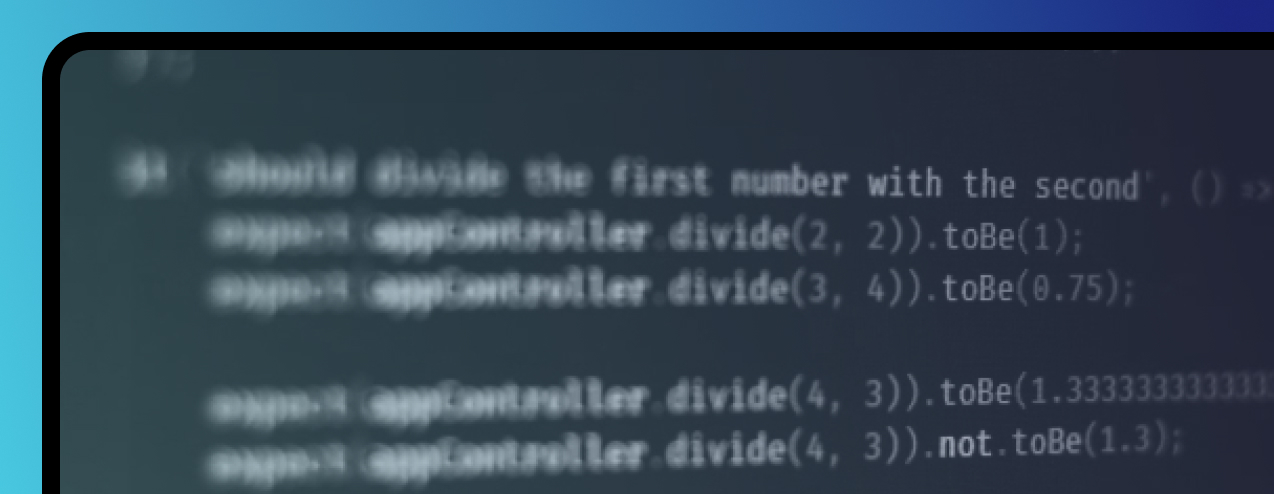You're building AI-powered features – chatbots, recommendation engines, sentiment analysis tools – and naturally, you're writing tests. But are your traditional unit tests really cutting it? In the world of AI, especially when dealing with the fuzziness of Large Language Models (LLMs), the answer is likely no.
Traditional unit tests, designed for deterministic code, often fall short when applied to the probabilistic nature of AI systems. A single, well-defined input might not always yield the same output, and even slightly different inputs can produce drastically different results. So, how do you ensure the quality and reliability of your AI applications?
It's time to level up your AI testing strategy. Enter variant and invariant testing.
The Problem with Traditional Unit Tests in AI:
- Deterministic vs. Probabilistic: Unit tests are designed for deterministic code, where the same input always produces the same output. AI models, particularly LLMs, are probabilistic, meaning their outputs can vary even with the same input.
- Brittle Assertions: Traditional unit tests often rely on strict assertions (e.g., assertEqual(output, expected_value)). These assertions can be too brittle for AI systems, where slight variations in output are acceptable or even expected.
- Limited Coverage: Unit tests typically focus on individual components or functions. They often fail to capture the emergent behavior of complex AI systems or the interactions between different components.
- The "Black Box" Problem: Many AI models, especially deep learning models, are essentially "black boxes." It's difficult to understand how they arrive at their decisions, making it challenging to write meaningful unit tests.
- Variant and Invariant Testing: A New Approach to AI Quality Assurance
- Variant and invariant testing provides a more nuanced and effective approach to testing AI systems.
- Invariant Testing: Focuses on identifying properties of the system that should not change even when the input varies. This is about verifying core functionality and ensuring that the AI behaves consistently under different conditions.
- Variant Testing: Focuses on exploring how the system's output changes when the input is varied. This is about understanding the AI's sensitivity to different inputs, identifying potential biases, and ensuring that it responds appropriately to a range of scenarios.
Invariant Testing: Ensuring Core Functionality
Let's say you have a sentiment analysis model. An invariant test might look like this:
- Goal: Verify that the model correctly identifies positive sentiment, regardless of the specific topic.
- Input Variation: You start with the phrase "I love pizza."
- Invariant Property: The sentiment should always be positive.
- Test Execution: You change "pizza" to "ice cream," "burgers," "tacos," etc.
- Assertion: The sentiment score should remain consistently positive across all input variations. If the sentiment suddenly becomes negative when you mention "tacos," you've likely uncovered a bug or bias in your model.
Variant Testing: Exploring System Behavior
Now, let's consider a variant test for the same sentiment analysis model:
Goal: Understand how the model's sentiment score changes as the input becomes more negative.
Input Variation: You start with "I love pizza."
Variant Property: Gradually change the sentiment by adding negative words and phrases.
"I like pizza."
"I don't mind pizza."
"I dislike pizza."
"I hate pizza."
Test Execution: Run the model with each input variation.
Analysis: Plot the sentiment score against the input variation. The graph should show a smooth and predictable decline in sentiment as the input becomes more negative. Any sudden jumps or inconsistencies could indicate a problem.
Putting it All Together: Measuring and Benchmarking
The key to successful AI testing is to measure your results and set acceptable performance benchmarks. In the world of LLMs, you might never achieve 100% passing tests, and that's okay. Instead, focus on establishing a baseline performance (e.g., 80% passing tests) and continuously striving to improve.
- Define Metrics: Determine the key metrics you want to track, such as accuracy, precision, recall, F1-score, and sentiment score.
- Set Benchmarks: Establish acceptable performance ranges for each metric.
- Track Progress: Monitor your test results over time and identify areas for improvement.
- Swept.ai: Monitoring, Testing, and Validating AI Systems
We provide solutions for continuous monitoring, testing, and validation of AI systems.
Actionable Steps:
- Embrace Variant and Invariant Testing: Move beyond traditional unit tests and incorporate variant and invariant testing techniques into your AI testing strategy.
- Define Key Metrics: Identify the metrics that are most important for measuring the performance of your AI systems.
- Set Realistic Benchmarks: Establish acceptable performance ranges for each metric, recognizing that 100% accuracy may not be achievable.
- Automate Your Testing: Use automated testing tools to streamline the testing process and ensure consistent results.
- Continuously Monitor and Improve: Implement a continuous monitoring and improvement process to ensure that your AI systems remain reliable and accurate over time.
- By embracing variant and invariant testing and focusing on continuous monitoring and improvement, you can ensure the quality and reliability of your AI applications and avoid the pitfalls of traditional unit testing.
